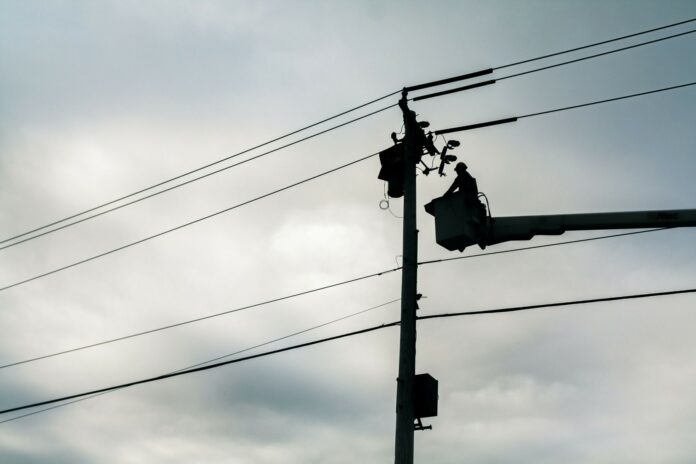Already under fire for its vegetation management practices by the federal judge overseeing its criminal probation proceedings, PG&E got slammed Thursday by another one of its masters.
Citing numerous deficiencies in PG&E’s wildfire mitigation efforts, the California Public Utilities Commission voted to adopt a resolution that places PG&E on Step 1 of a six step ladder of “enhanced oversight” that at Step 6 would lead to “the potential revocation of PG&E’s ability to operate as a California electric utility.”
The six stages of oversight were established as part of the CPUC’s approval of PG&E’s plan of reorganization, the mechanism by which PG&E was able to exit from its Chapter 11 bankruptcy proceedings.
The “Triggering Event” that sparked the CPUC’s order was a finding that PG&E has not made adequate progress in utilizing risk management tools to determine where its vegetation management efforts should be directed.
The management of trees and shrubbery throughout PG&E’s extensive system of power distribution and service lines is of great importance in reducing wildfires because when high winds blow trees or vegetation onto uninsulated wires, sparks can fall to the ground and ignite the dry grasses.
U.S. District Judge Alsup is currently considering proposals that would require PG&E to consider the risk of trees falling onto power lines as part of the conditions to its criminal probation.
Alsup has been highly critical of PG&E’s efforts to abate the risk of wildfires. In one recent order Alsup recounted what he called a “a stunning chapter in California history.”
According to his tally, since PG&E was placed on probation following a 2016 conviction for a 2010 gas pipeline explosion in San Bruno, “PG&E has ignited 20 or more wildfires in California, killing at least 111 individuals, destroying at least 22,627 structures, and burning half a million acres.”
Alsup’s order recounted the grim specifics: the Wine Country Fires in 2017 (22 dead, 3,256 structures destroyed); the Camp Fire in 2018 (85 dead, 18,793 structures burned); the Kincade Fire in 2019 (374 structures destroyed); and most recently the Zogg Fire in 2020 (4 dead, 204 structures destroyed).
Judge Alsup has frequently criticized PG&E for neglecting to perform vegetation management at required levels for a decade. The judge has also criticized CPUC for allowing that neglect.
The CPUC order requires among other things for PG&E to submit within 90 days a “corrective action plan” that explains in detail “how it will both perform risk modeling and use the results of risk modeling to ensure the highest risk power lines are prioritized for vegetation management.”
The action was based on an audit conducted the Wildfire Safety Division of the CPUC during the period from Oct. 21, 2020 to Feb. 5, 2021. The audit identified deficiencies in PG&E’s use of risk modeling to inform its vegetation management efforts.











